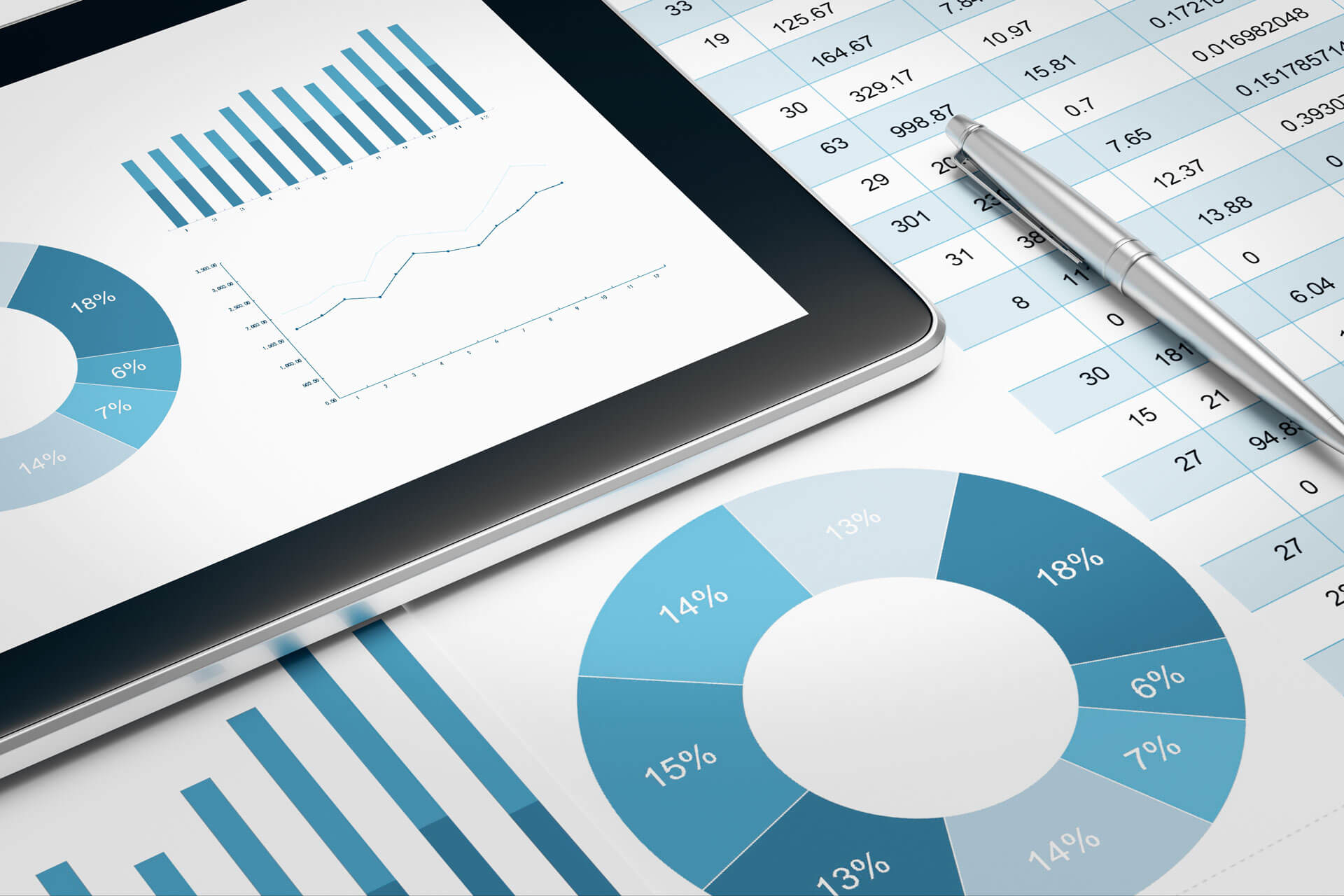Optimizing the return on investment (ROI) of retail has always meant facing key challenges. Firstly, as refers to investment in advertising to maximize the message’s efficacy, to convince consumers to buy our items and to measure our campaign’s success.
It’s always been possible to reach the consumer. Today’s challenge consists in optimizing the time it takes and the money you spend in a promotion and sales operation.
The second challenge is common knowledge: customer loyalty or creating new links to the customer. Big Data plays a key role here: promoting new products by aggregating information as well as analyzing and making predictions from this information. This allows us to stop the customer’s immediate purchasing impulse when they see the physical window of our competitors.
With this goal in mind, doing it well the first time is not the only thing that matters anymore. Measuring and iterating as retailers keep interacting with their target consumers is as important as reaching the customer. In this way, it is possible to fine-tune the predictive model. There is a similar concept in the virtual world, “remarketing” but, in this case, the data source only includes the customer’s visits to webpages and the products they check there. A clear example is Amazon and its recommendations based on what consumers look for and buy.
Companies are now analyzing movements as constant streaming of retail transactions
The distinguishing factor brought by Big Data is that now companies are analyzing movements as constant streaming of retail transactions from the time the customers leave their house (what did they last read or view about a product? Where?). This involves an analysis of the impact (What was the campaign’s effect on the consumer?); the channel where it occurred (direct, indirect, other); the time the consumer took to close the transaction; and the amount paid.
According to PYMNTS.com, a company that specializes in payments, it is already possible to find out, with some margin of error, information such as the customer’s starting point (combination of their geolocation and the selected retailer) and their searches before they buy a product. As a result, promotions and suggestions based on the customer’s searches can be sent immediately when the desire to buy is still fresh in the customer’s mind.
There is another variable when you buy: the dissuasive effect of a price. You wouldn’t have guessed it, would you? A retailer wishes to find out how they can offer the same prices as their competitors since loyal customers buy at their store by default, and the final factor is knowing which price to offer. This is another variable facilitated by Big Data via “web scraping” and by comparing thousands of products online at the same time.
We must remember that the card or payment method is chosen before the payment itself is made. New cards may be the preferred option for recurring transactions. This is key information for issuers (banks) and retailers because customers select their purchase before the last mile in the transaction, as explained by executives at Vantiv, U.S. company specializing in service payments. It’s at this point that data about customers and their payments is of particular relevance: incentives and convenience programs can be associated based on the customer’s map of transactions. This map is constantly updated to determine who pays, when, where, how and on what they spend their money. For example, BBVA API_Maket offers this type of solution, including some of its most popular APIs: PayStats, Payments, Accounts and Cards.
About three years ago, the idea was put forward that banks should transition from a payment business to an information business if they wished to remain competitive. The key to this new strategy’s success relies on the depth and reliability of the customer’s purchase data and the analysis of this data to target and focus offers. The first step is to analyze the customers’ spending habits and to compare them with other areas such as demographic information, their social network presence and their location.
With the emergence of the Internet of Things (IoT), there will be an increasing number of segmented “on-the-fly” offers
And then we have the expansion of these programs to digital wallets. With the emergence of the Internet of Things (IoT), there will be an increasing number of segmented “on-the-fly” offers: when potential customers walk past a store, segmented offers will presented on the basis of prospection created from data analysis. Consequently, it is possible to draw up heat maps with hot points for customer traffic where the best offers should be placed.
This type of solution can already be found in Spain by the hand of the Catalan company TC Analytics, which displays clients such as Carrefour and Vodafone. Banks can also use this type of service to determine the number of visitors per day to their branches, the peak times, the average waiting time for their customers, whether they are new or regular customers, the percentage of men vs. women, etc.
To this end, it is essential to draft a multi-channel and device digital wallet strategy. This means developing a platform to build and integrate solutions. It must combine offers and most mobile devices and be built from the inside out, as explained by Microsoft Corp’s expert Colin Kerr in his article “Big Data and Payments Drive Loyalty in Consumer Banking“.
As such, Big Data is already providing unique solutions, commercially speaking. They are consistent in terms of technology and may be scaled to the retail and financial sectors in the future.
Para saber más sobre Big Data, ¡haz clic aquí!











